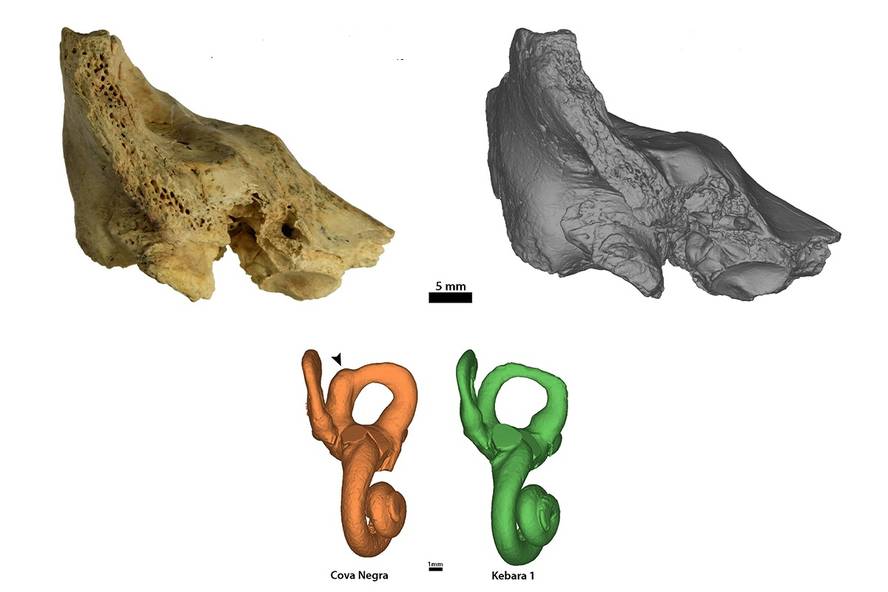They find the fossil of a Neanderthal child with Down syndrome.

Part of the temporal bone has shown that Neanderthals cared for children in difficulty. The discovery took place at the site of the cave of Fosila Cova negra, in Xátiva (Valencia), and it was initially thought that it belonged to an animal. But then they realized that he was a Neanderthal child from 150,000 years ago. Computerized axial tomography has shown congenital malformations in the ear, such as semicircular tube dysplasia or a fistula caused by otitis that would affect balance and hearing. According to the researchers, currently, all these pathologies are present only in people with Down syndrome at once.
Thus, it is concluded that Neanderthals cared not only for sick or invalid adults, but also for children with significant impairments. Specifically, it is estimated that the child with Down syndrome lived for six years, much more so with sapiens than the prehistoric Down syndrome that has been found so far. The researchers suggest that the mother would not be enough to meet the needs of that child, that is, that the team would take care of their care. This shows, therefore, that Neanderthals had complex social strategies.
The research, led by researchers from the University of Alcalá, MH Hospitals and the University of Valencia, is in evolutionary otoacoustic and paleanthropology and has been published in the journal Science Advances.





